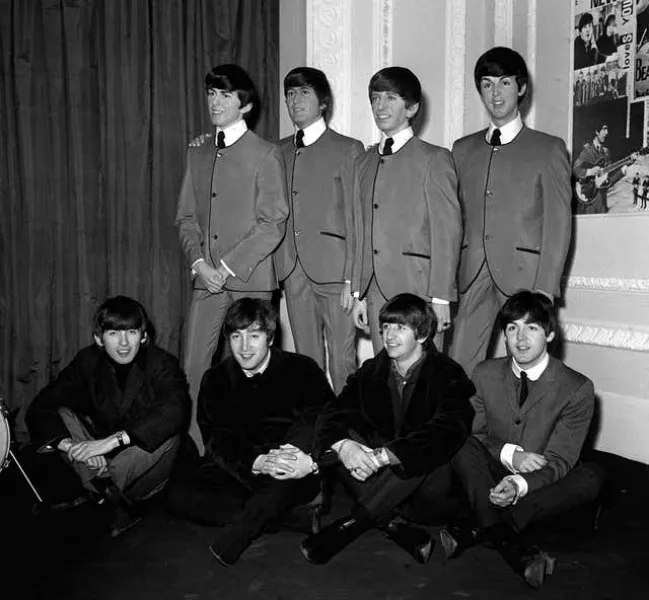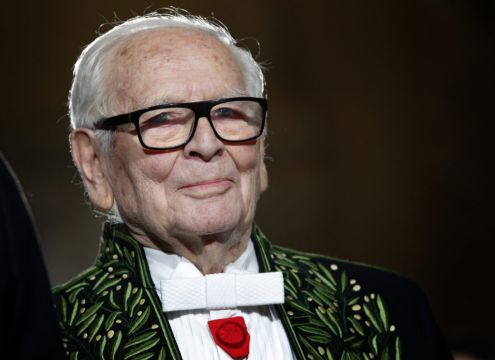French fashion designer Pierre Cardin has died at the age of 98.
France’s Academy of Fine Arts, where Cardin was a member, announced his death in a tweet on Tuesday.
Cardin was credited with revolutionising fashion in the 1960s and ’70s with his avant-garde style, space age designs and love of geometric shapes.
He was also a savvy businessman who took fashion branding to the masses.
Le Secrétaire perpétuel, Laurent Petitgirard, et les membres de l’Académie des beaux-arts ont la très grande tristesse d’annoncer la disparition de leur confrère Pierre Cardin. Il avait été élu le 12 février 1992 au fauteuil de Pierre Dux (section des membres libres). pic.twitter.com/sA1mABvZB5
Advertisement— Académie des beaux-arts (@AcadBeauxarts) December 29, 2020
Cardin had been elected chairman of the Academy of Fine Arts’ Pierre Dux section in 1992.
He was born Pietro Constante Cardin to a wealthy family in Italy in 1924 but they soon relocated to France to escape Benito Mussolini’s fascist regime.
Cardin began his career at the age of 14, working as a clothier’s apprentice, learning the basics of fashion design and construction.
In 1939, he left home to work for a tailor in Vichy, central France, where he began making suits for women.
He later moved to Paris and worked for the Paquin fashion house and Dior, designing the costumes for Jean Cocteau’s 1946 film Beauty And The Beast.
He launched his own fashion label in 1950 and soon prompted headlines with his famous bubble dress in 1954.

This was shortly followed by ready-to-wear collections for both men and women.
His early collections were worn by stars including Rita Hayworth, Dame Elizabeth Taylor, Brigitte Bardot, Mia Farrow and Jacqueline Kennedy.
Those designs saw him develop a reputation for forward-thinking styles drawing on themes including space travel and technology.
Alongside fellow Frenchman Andre Courreges and Spanish designer Paco Rabanne, two other Paris-based designers known for their space-age styles, Cardin helped upset the dominant style of the day, which focused on flattering the female form.
Vogue magazine heralded his work during this period as a “revolution” in menswear.
Among his most memorable designs were an interpretation of a spacesuit commissioned by Nasa in 1969 and a collection of geometric dresses made from silver foil and vinyl.
The Beatles famously wore Cardin suits, without lapels and with buttons done up to the top, during a photoshoot marking their transition from an R&B act to experimental pop stars.

“Fashion is always ridiculous, seen from before or after. But in the moment, it’s marvellous,” Cardin said in a 1970 interview for French television.
He said going it alone “makes you see life in a much more real way and forces you to take decision and to be courageous.
“It’s much more difficult to enter a dark woods alone than when you already know the way through.”
Cardin licensed his name to be used on a range of affordable products, including perfume and ballpoint pens, paving the way for Bulgari hotels, Gucci sunglasses and Armani chocolates.
While extensive licensing ultimately eroded his brand’s credibility, it brought in substantial revenue, allowing Cardin to invest in property, including the famous Parisian restaurant Maxim’s, where he was a regular.
In his final years he no longer presented catwalk collections, but was known for taking young designers under his wing.
His work continued to be sported by supermodels including Naomi Campbell.
Cardin was inducted into the Fine Arts Academy in 1992.







